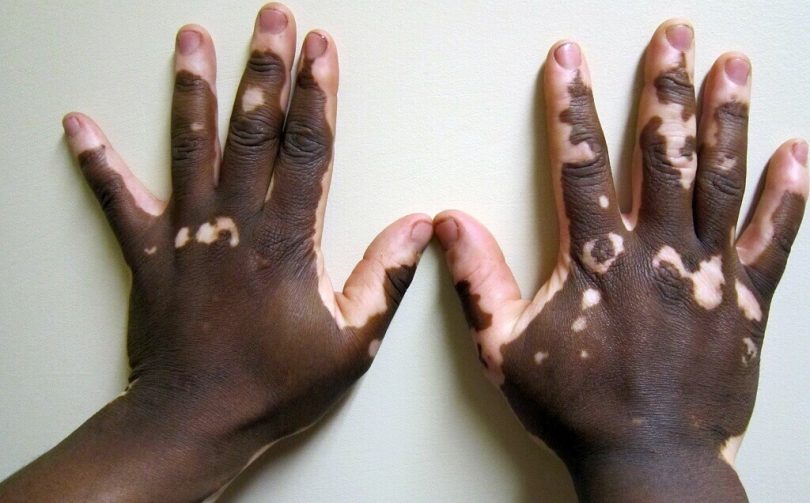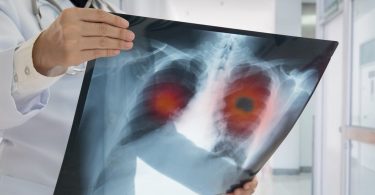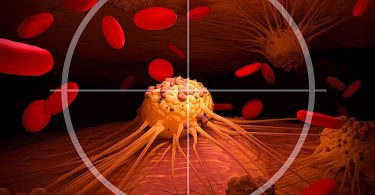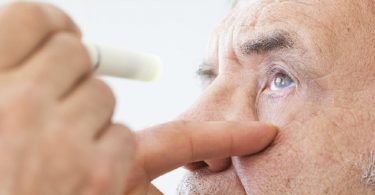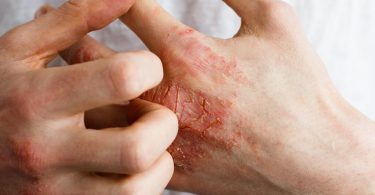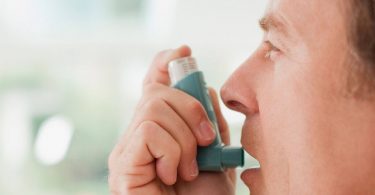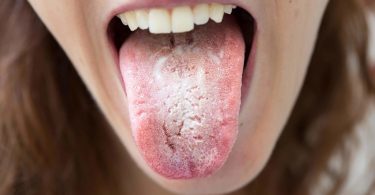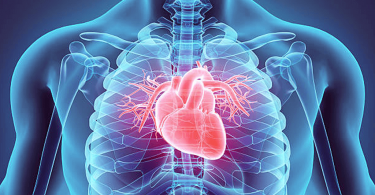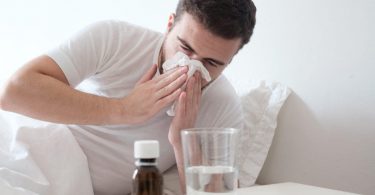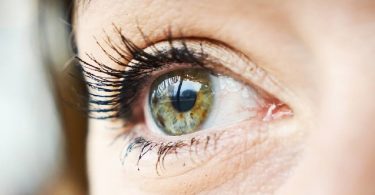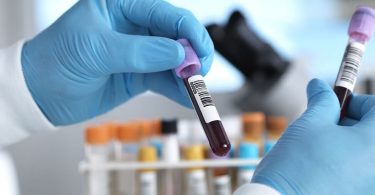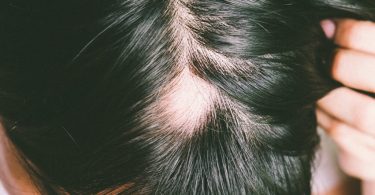In this article, We will talk about vitiligo causes, symptoms and treatment.
Contents
Vitiligo definition
The Vitiligo refers to a skin disease not contagious. So,it is characterized by the appearance on the skin of depigmented (and white) spots caused by the disappearance of melanocytes (cells producing melanin, at the origin of the pigmentation of the skin).
This disease can occur at any age, but usually between 10 and 20 years of age.
Over time, it is common for the number and area of skin lesions to increase.
Vitiligo complications
Vitiligo is most often without serious consequences if it is not accompanied by another disease. However, it can have a significant social, professional and psychological impact.
White spots are photosensitive (sensitive to the sun) and can therefore represent risk factors for skin cancer.
Vitiligo causes
We didn’t understandthe the vitiligo causes, so it could have, in part, an autoimmune origin (the immune system attacks its own organism).
Certain factors can favor its appearance:
- autoimmune diseases (type 1 diabetes, thyroiditis, etc.);
- physical trauma;
- a fam history of vitiligo…
Vitiligo symptoms
The vitiligo symptoms are usually :
- depigmented spots of white or cream color, size and form of variables;
- borders with the usual skin color, or even darker or reddish.
The spots can appear anywhere on the body, but we found them generally on :
- the back of the hands;
- the feet ;
- elbows ;
- knees ;
- armpits ;
- the umbilicus;
- the genital and inguinal regions;
- the face.
When vitiligo occurs on areas of friction and friction (belt buckle, etc.), we speak of the Koebner phenomenon .
Over time, stains often increase in surface area and in number. So, the confluence of lesions can lead to the generalization of vitiligo .
Redness and itching may appear when we expose the lesions to the sun without protection.
Vitiligo prevention souncils
The occurrence of vitiligo cannot be prevented, however, it is possible to prevent the damage it can cause.
It is necessary to:
- protect yourself from the sun’s rays because the spots are very sensitive areas to the sun (photosensitivity):
- then, do not expose yourself between 12 noon and 4 pm;
- then, put on sun protection cream and repeat the application several times;
- wear a cap / hat, long clothes…
Vitiligo exams
The diagnosis of vitiligo is established by medical examination.
Sometimes, we need other examinations in order to eliminate other skin diseases:
- Wood light examination to better observe the spots;
- skin biopsy…
Vitiligo treatment
The vitiligo can not be cured permanently however, symptomatic and aesthetic treatment exist: when vitiligo is not extended, applying makeup mask injuries.
Treatment can lead to a repigmentation of white spots:
- UVB phototherapy;
- the laser;
- puvatherapy (UVA phototherapy and taking psoralen (substance which stimulates the formation of melanin during exposure to light));
- local corticosteroids and immunosuppressants;
- melanocyte transplants.
These treatments are not without risks (atrophy of the skin, burns, irritations, etc.).
Depigmentation (discoloration) can be performed on the remaining areas during generalized vitiligo to standardize the coloring of the skin for aesthetic purposes. Sun protection must therefore be constant (creams, etc.).
Psychological care can be offered and regular dermatological monitoring consultations are set up.
Aromatherapy can be useful in addition to suitable treatment.
Aromatherapy
To accompany the treatment of vitiligo , apply a few drops of the mixture to the spots:
- essential oil of tea tree (5 ml) and vegetable oil of macadamia (5 ml).
- then, Repeat twice a day.
Please note, restrictions exist for children under 6 and pregnant women.
Read also:
Acne : causes, symptoms and treatment

